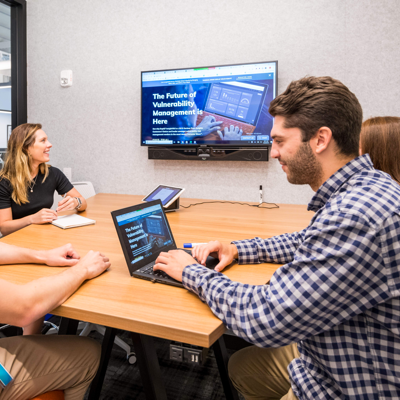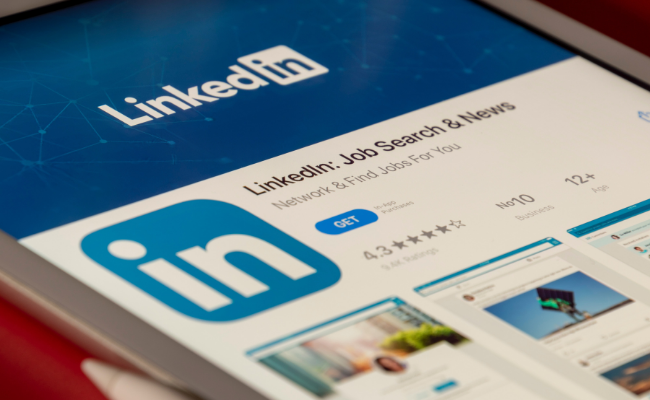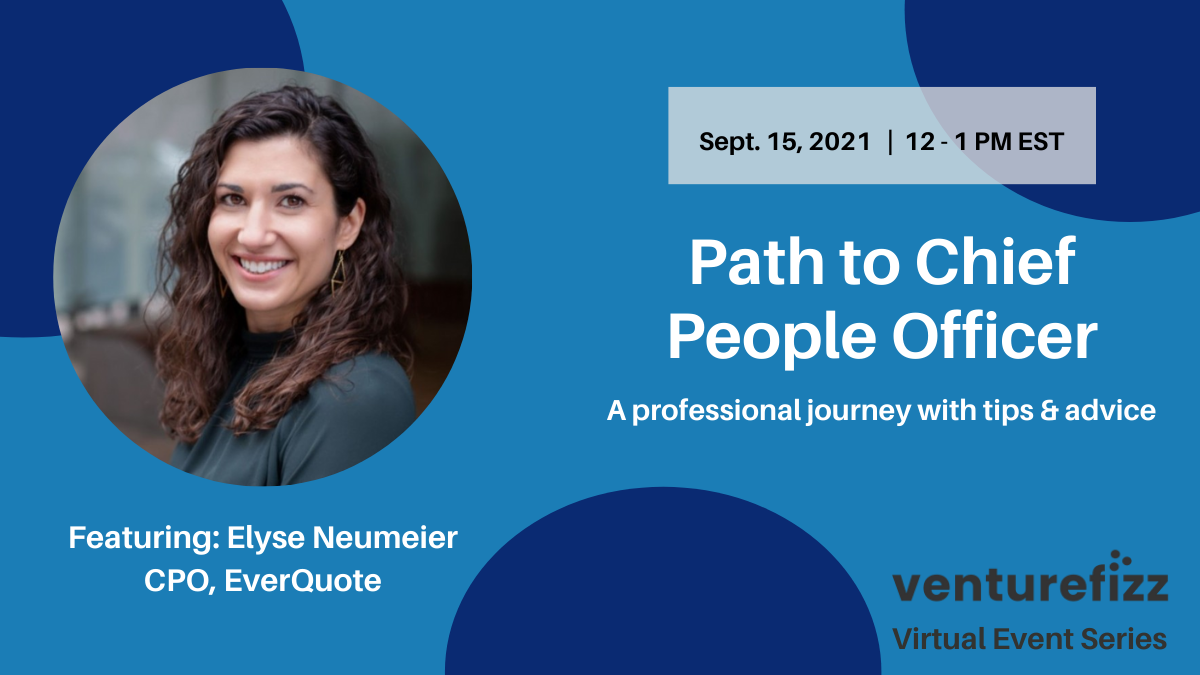Is it time to change things up?
Maybe you’re up for a new challenge. Or, your current organization has pivoted, and it’s not feeling like a match with your goals or the direction you want to take your career. Perhaps you have an informal invitation to join a new team, but the role hasn’t yet been defined, and you get to help shape it.
Whatever the reason for re-considering your next move, the best way to make a decision in your best interest in your career is to cast a clear vision of what you want it to look, feel, and be like.
Casting a clear vision requires a certain degree of reflection. It involves asking yourself questions like…what would I really enjoy doing, and when am I in a flow state where time flies by so quickly I forget to eat lunch or got completely immersed in my work? What are my core values, and what type of organization or team would feel welcoming and aligned with my own personal values?
I can remember early in my career a common interview question would be about where I saw myself in 5 or even 10 years. The reality is today, technology and our culture change so quickly, it’s often really hard to know what we want that far out. When I work with leaders and career switchers, we often focus more on the upcoming 1-3 years, with mere ideas for what would feel great in 5 or 10 years.
It’s really easy to get caught up in what we should do in our careers. I can’t tell you how many people I know in their 40s who are doing something much different than what their careers started as, because they felt they should follow a certain path out of college, put in the time, and only then have freedom to do what they want. This may be true to a degree, though I would encourage you to be inspired to follow your gut on this one, and gather information by having conversations with as many people who have ‘interesting careers’ in your mind as you can. Today in tech, there are so many interesting things happening, so note which news and companies in VentureFizz and other publications you gravitate to read first.
If you’re feeling stuck, as many often do, about what type of role or organization would be a great fit, here are 3 tips for discovering what really lights you up:
-
Get out there and get curious. Talk to as many people within and outside of your current organization about their roles. Ask what they enjoy and what the biggest challenges with their jobs are. Understand what the company does and what challenges its solving. Do you want to be part of that mission? Can you get on board with their leader? The majority of people will be glad you asked for their input!
-
Conduct an honest skills assessment. What are you really good at, and do without much effort. And remember, what’s easy for you is often perceived as being tough for others. And it might be something you overlook because it comes so naturally. For me, coaching was like this - I was naturally coaching friends all the time without even realizing it, so making the switch from marketing into coaching was a natural transition, but not one I considered right away.
-
Consider that when we’re creating a vision of our future, it’s very natural to hold ourselves back from big dreams and visions. I know this may sound a little crazy, so hear me out. We may think we’re not ready for an elevated position or the next level when we start job hunting. Or maybe feel we couldn’t possibly take our skills from a customer success position and walk into a marketing role. If this is the case, it’s time to evaluate your limiting beliefs and determine if your mindset is keeping you from realizing your bigger desires.
It’s tempting to take a leap, especially when we’re recruited for a bigger role, or when the calls come in from the new shiny unicorn company. And, stepping back and getting clear on your vision for your future and your career is so valuable to ensure this next step is in alignment with what you as a unique individual really crave for yourself. Nobody is going to manage your career like you will, so take the reins, ask for help if you need it, and godspeed!
I recently published a 2022 Vision Guide geared towards considering your career and the vision you want to create for yourself in the year ahead. It’s free, and downloadable here. I hope you’ll take advantage of it and grab your copy today, and feel free to reach out with any questions related to creating the vision for your next job.
Christine Fiske is a mindful leadership coach to startup leaders and entrepreneurs. Her VIP methodology starts with Vision Casting and includes Inner Alignment and taking Purposeful Action. Prior to launching her coaching business, she ran her marketing consultancy working with startups and VC firms, and served as a startup executive at several Boston-based startups.




















